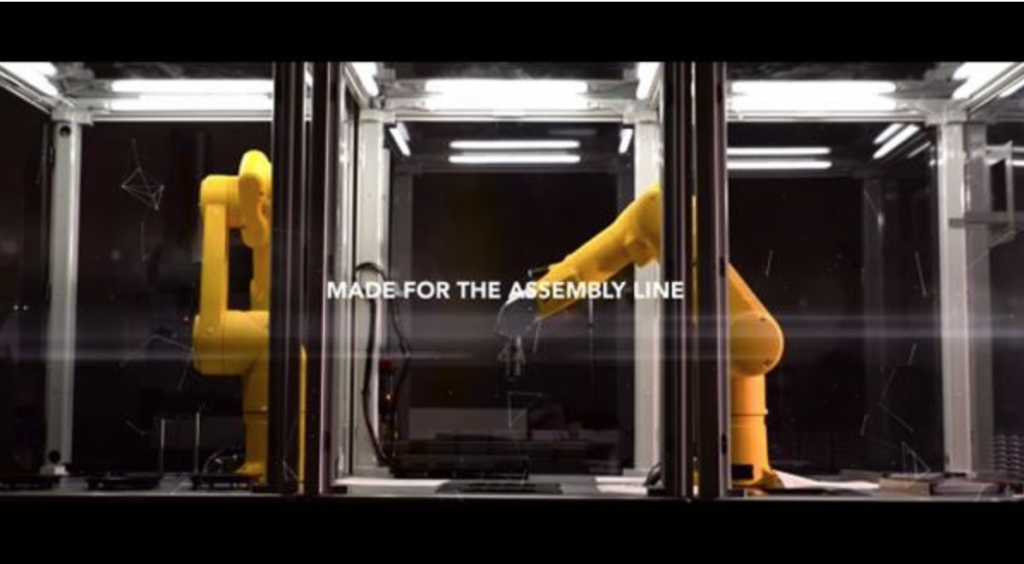3D Printing in the Next 5 Years
Chris Labelle | Mosaic Manufacturing
Over the next 5 years, 3D printing will evolve from a manufacturing technology that is used in isolation to one that forms an essential component of new manufacturing processes.
Combining 3D printing with other forms of additive manufacturing technologies will allow consumers to derive value from the customization capabilities that 3D printing offers, while also gaining access to the range of products that can be created by other manufacturing technologies.
This combining of manufacturing technologies and processes will have a few significant impacts on how we create and consume products:
-
- 3D printing will become more efficient and economically viable for manufacturing at scale.
- Products manufactured in traditional ways will gain elements of customization.
- Consumers will benefit as more automation and customization will enable the delivery of more valuable products at comparable costs.

“Figure 4” — 3D Systems’s robotic 3D printing system
Reliability, repeatability, and increased automation are driving 3D printers to become part of more supply chains every year. Type A Machines’s Print Pod, Voodoo Manufacturing’s Project Skywalker, and 3D Systems’s Figure 4 are leading signals that 3D printers will increasingly play more significant roles in manufacturing processes that are currently dominated by traditional methodologies like injection molding.
These systems and other new technologies that will emerge over the next five years will allow 3D printing to grow substantially and capture more of the 12 trillion dollar manufacturing market.
One of 3D printing’s key differentiating factors is its ability to create customized products. Decreased costs in manufacturing processes that enable customized products will make them more financially accessible for sizable customer segments across different verticals.
We’re playing our role in this shift by enabling regular users to customize 3D models using the concept pioneered via OpenSCAD—parametric modelling. We seek to empower regular consumers with the power to manipulate models. Combining this power with customized manufacturing processes will increase the popularity of 3D printing in manufacturing processes and bring them into the mainstream.

OpenSCAD, a script-based model customization application
We’re commercializing a new approach that makes it economically sensible for manufacturers to bring 3D printing into their current methods of manufacturing in a fully automated way. This software allows 3D printed polymers to be combined with any other input material. It enables the binding of polymers with a non-printed parts like CNC milled parts and casings, electronics, screens, and non-3D printed polymers (such as those made with injection molding).

The next-generation of product customization platforms will be much more newbie-friendly
With companies pioneering new approaches to digital manufacturing, and growing partnerships with companies in different consumer verticals, 3D printing will quickly move beyond its current capabilities. This shift will allow 3D printing to begin to take over from more traditional manufacturing processes, especially in areas where consumers can benefit from customized or personalized products.
This won’t happen overnight, but five years from now, we’ll marvel at the number of products that were once only available in standardized sizes, and not highly customized to individuals’ needs. To learn more about the future of additive manufacturing, click here.
